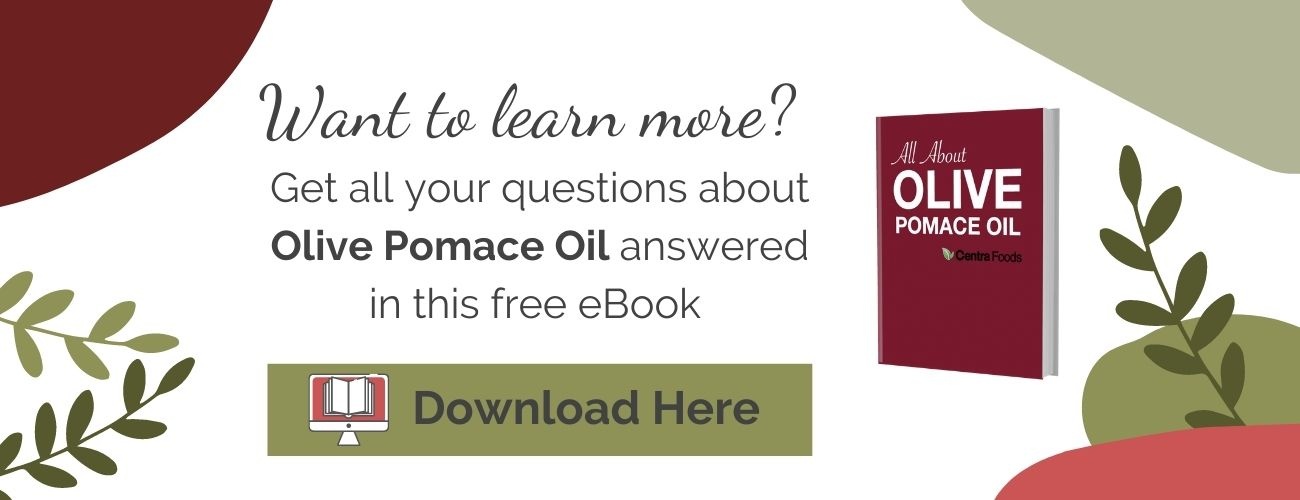
The grades of olive oil that are commonly used in manufacturing are not the same names you may recognize from a retail shelf. On a retail shelf, you typically see Extra Virgin Olive Oil as the most common type available -- as you should! But if you are not familiar with the lower grades and new to purchasing bulk olive oil for food/body care production, it can be confusing.
Here is a review of Olive Oil vs. Olive Pomace Oil -- two common grades used in food and body care manufacturing. Plus one more!
Refined Olive Oil
Refined olive oil is virgin olive oil (obtained by squeezing or spinning) that has been refined. Refining is a high heat process that often involves injecting steam under vaccuum. It can also include the oil passing through an light colored earthen clay to help remove the color. The final product is a light tasting, mild, and more stable oil.
On a retail shelf, you will find this labeled as "Light" or "Light Tasting" Olive Oil. This olive oil is almost clear and is very light in color and flavor.
Olive Oil / Pure Olive Oil
Defined by the USDA, the grade "Olive Oil" is commonly referred to as Pure Olive Oil in the U.S. bulk and retail markets. This grade is comprised of Refined Olive Oil (above) blended with Extra Virgin or Virgin Olive Oil. You will find common blend ratios of 85% Refined and 15% Extra Virgin/Virgin, though that can range from 70/30 to 99/1. These ratios mentioned are determined by the supplier/manufacturer and can account for some of the price differences in Pure Olive Oil across the market.
This oil has a much milder taste and color that Extra Virgin or Virgin Olive Oil, but not quite as light as Refined Olive Oil.
Olive Pomace Oil
Olive Pomace Oil is extracted form the pomace of the olive. Pomace is the pulp made from the olive pit and already-squeezed or spun to get the initial oil out. The dry pulp left over is called the olive pomace.
A solvent typically known as hexane is added to the pomace to extract any remaining oil. Remember, his is a very similar extraction process used to manufacture any seed oils like Soybean or Canola. Then the solvent is removed, and all remaining Pomace Oil is refined (using the same refining process above). Sometimes a small percentage of EVOO is added back in for color and flavor.
Each of the olive oil grades discussed above are commonly used in both food and body care manufacturing throughout the US and Canada.
Want to learn more? Check out Olive Pomace Oil: The Ultimate Guide for a deep dive on everything Olive Pomace Oil.
Differences Between Olive Oil vs. Olive Pomace Oil
- Olive Pomace Oil is hexane extracted vs. Olive Oil is physically squeezed or spun
- Olive Pomace Oil is made from the pomace of the olive, while olive oil is made from virgin olive oil grades (often those oils not meeting specs)
Similarities Between Olive Oil vs. Olive Pomace Oil
- Both oils are refined
- Doesn't have a lot of flavor or color
- Sometimes a small amount of EVOO is added for color and flavor
Topics: Olive Pomace Oil, Olive Oil, Purchasing & Procurement













